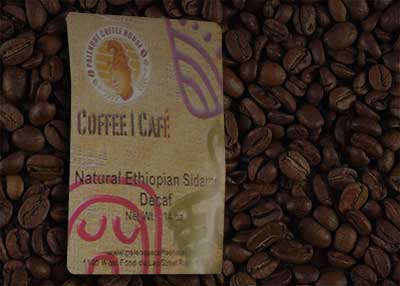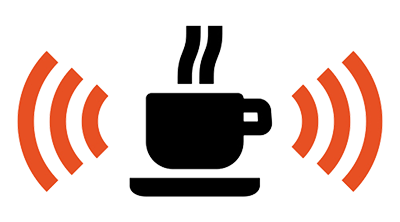Posted on Jan 9, 2012

Although it’s tempting to name Kaldi, the supposed Ethiopian goat-herder who first noticed that the same goat who had been chewing on some coffee beans experienced a surge of energy, as the “Thomas Edison” of coffee, the history – like the drink – is a little murkier than that. The story for the origins of coffee brewing – as opposed to the discovery of the beans/berries themselves – belongs to Sheik Omar. Other events, which you’re about to learn about in the next sections, are also possibly legend – Marco Polo encountering Mocha beans in Tyre, for example. It’s difficult to verify most of these accounts, which means that the history of coffee is best described in places, not people. It’s well -established the coffee as a popular beverage began in the Arabian peninsula, where coffee was indeed roasted and brewed much like it is today. So it’s up to you whether or not you accept some of the more “legendary” tales of the origins of coffee – though our knowledge of coffee’s primordial geography does seem to verify the Ethiopia-Yemen link as the cradle of coffee...
Read More »
Posted on Jan 5, 2012

Kaldi was an Ethiopian goat-herder who first noticed that a goat chewing a particular plant’s berries made him behave differently: namely, his goat became more energized. Kaldi was noticing the effects of caffeine on the goat’s body – it’s this energizing effect that has risen to make coffee perhaps the most popular “pick me up” beverage in the world. So what is caffeine, and why does it energize the body? In scientific terms, it is a crystalline xanthine alkaloid that energizes the body in two ways: first, it acts as a mild stimulant. Second, it inhibits the acetylcholinesterase enzyme from breaking down acetylcholine, a neurotransmitter. The end result is that a person consuming caffeine feels energized, ready to focus, and better wakefulness – ideal in a morning drink. Many people believe that espresso, a strong coffee drink made through the pressurized drip method (more on that in the section on coffee brewing) is actually “stronger” than its equivalent in coffee because it has a higher caffeine content than regular coffee. This is actually a myth, because espresso beans are typically coffee beans; the difference between espresso and traditional coffee is the brewing method, as a variety of beans can be used for either method. In fact, the brewing method in drip-brewed coffee, for example, often gives water more time to extract caffeine from coffee beans, giving it a strong caffeine content than many...
Read More »
Posted on Jan 2, 2012

Yes, we could start our history of coffee with the story of the goat who chewed the coffee beans in the first place – and we’ll get to that – but if you really want to know your coffee history, it will help to start even before that step. So where do we start? Coffea is as good a place as any – as in the name of the genus of flowering plants that contains a number of coffee-producing shrubs. There are essentially two species famous for producing coffee: Coffea canephora (also known as “Robusta”) and Coffea Arabica (or simply “Arabica”). It is Arabica that is often considered the better coffee producer of the two species – and this species is native to a number of northeastern African regions such as southeastern Sudan, Ethiopia, and perhaps northern Kenya as well. Robusta, however, often has a much higher caffeine content than Arabica – hence the “Robust” in “Robusta. Technically, all of these coffee plants are members of the Rubiaceae family. As shrubs and small trees, these coffee plants typically perform best in equatorial regions, which is why to this day most coffee production is handled in areas such as South America, Africa, and southeast Asia. As for the coffee beans themselves, they are not technically beans but rather the seeds of the berries that grow on these coffee plants. Coffee berries will typically hold two seeds, though some (called the “peaberries”) only carry one seed with them. It’s possible that the infamous goat in the story you’ll hear a little later was chewing on whole coffee berries which happened to contain the coffee seeds, or coffee...
Read More »






